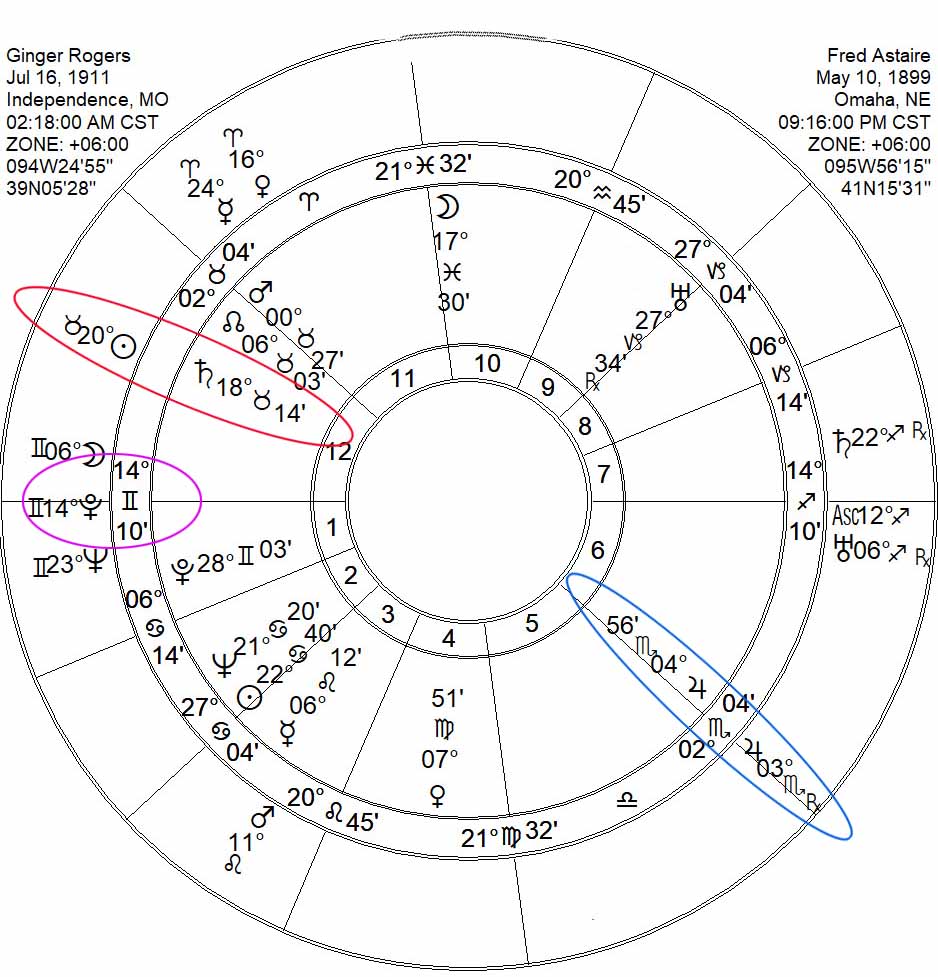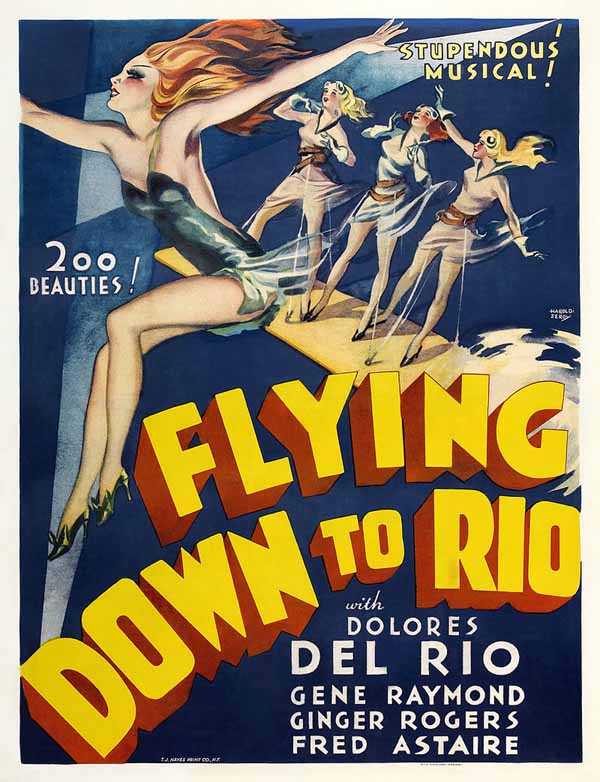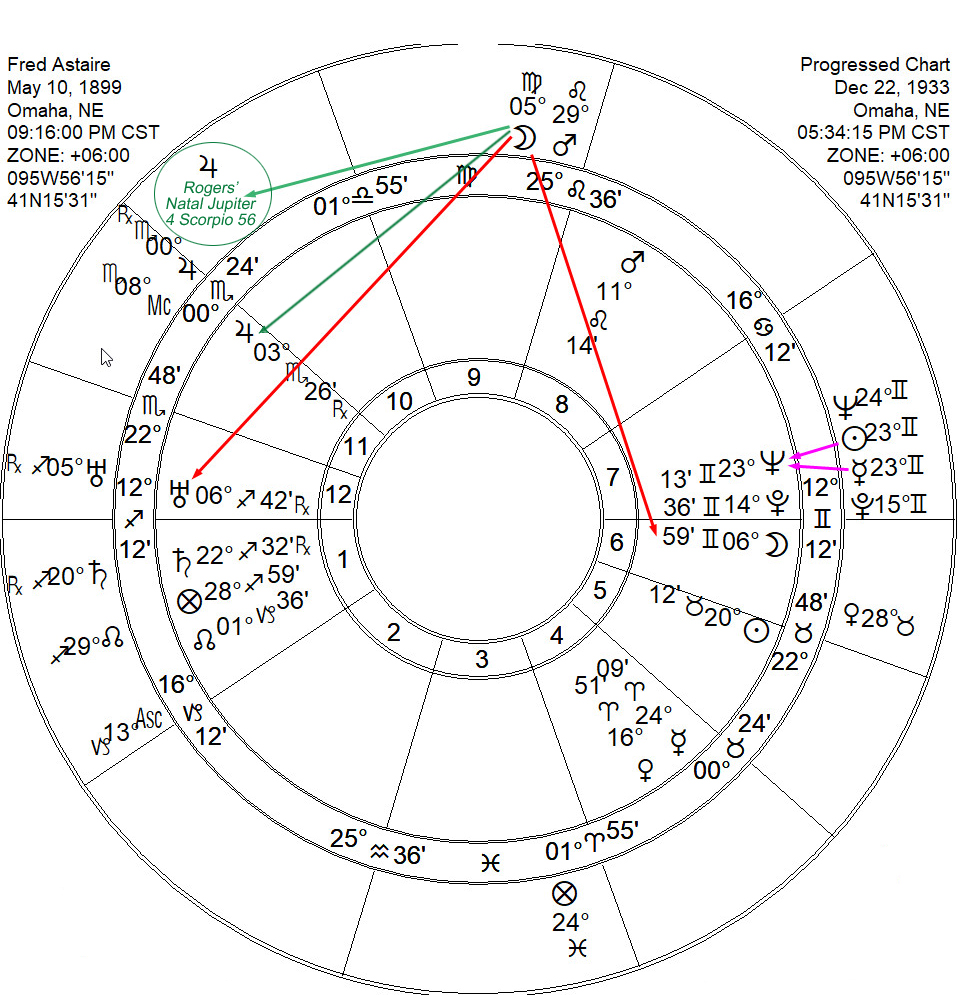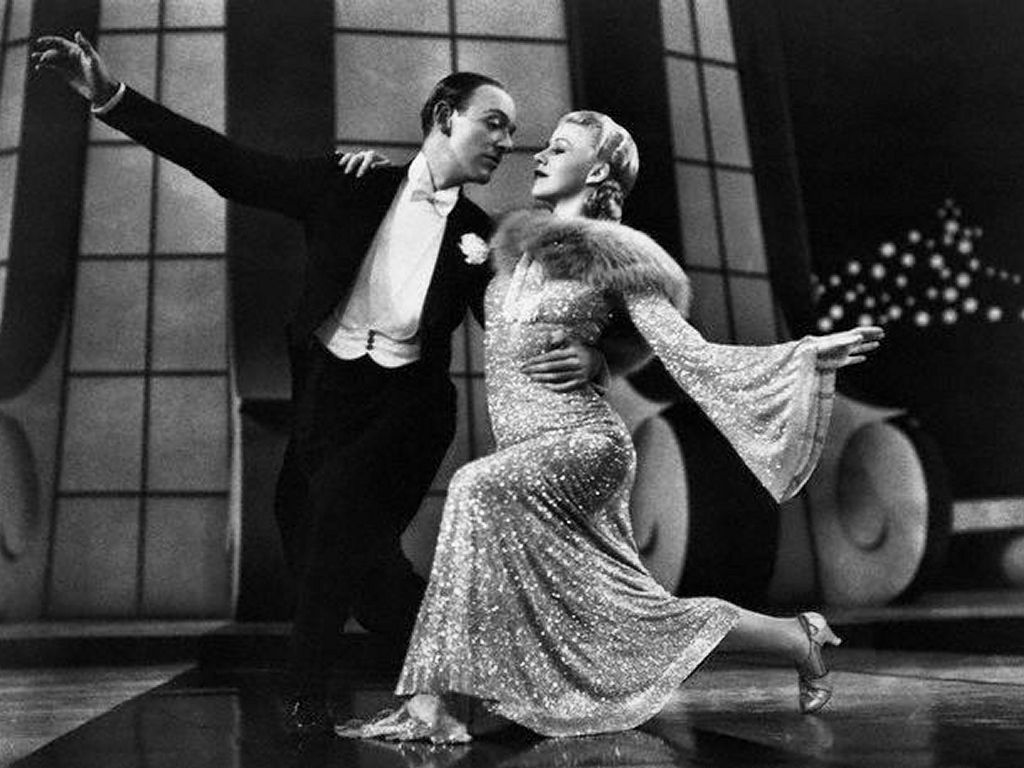The most famous dance couple in the history of American film is Fred Astaire and Ginger Rogers. They teamed up in 1933 when making their dance debut in the Hollywood production, Flying Down to Rio. They had supporting roles in the film and took second billing but it was just enough to start them on their meteoric rise together that consisted of incomparable technique and style.1
Astaire and Rogers first met in a brief encounter when Astaire was brought in to assist with choreography for a Broadway show in which Rogers had a part. They even dated briefly as stated in Rogers’ autobiography, Ginger – My Story. Following their first contact was a chance to dance together when Rogers replaced a troubled Judy Garland who was originally cast with Astaire for the film’s primary dance scene, The Carioca. The movie was Flying Down to Rio and was virtually an ad for Pan-American because its producer was the airline’s major stockholder. At the same time, the movie became the vehicle for the beginning of an enchanting ten-year dance and acting partnership for the unsuspecting performers. Their first film together offered the distraction and entertainment needed to captivate audiences while the horror of World War II was in its developing stages.
Where in the synastry of planetary pairings can sheer talent and divine elegance be seen? The chart shows Rogers in the center wheel with Astaire’s planets on the outside because in their first film Rogers took billing over Astaire which can be seen in the film’s promotional poster credits.
with Astaire’s planets on the outside because in their first film Rogers took billing over Astaire which can be seen in the film’s promotional poster credits.
The astrological ties between the dancers are mainly conjunctions with no planetary oppositions between their charts. Partners need to be together for the conjunction potentials to manifest and sustain the relationship. Oppositions of planets between charts will often draw two parties together through a mysterious magnetic attraction even when often apart. It is apparent with three conjunctions that the tie was cemented primarily through the efforts and pressures of the film company’s principals and producers. The dance team would flourish as long as they were bound to contracts that held them together. At the same time, both dancers displayed an underlying inclination to advance their careers independently2 and the lack of opposition aspects between the charts eventually brought their hopes to fruition.
The teams’ Jupiters in conjunction aspect gave the onscreen couple mutual joy in their work and also helped to enhance each other’s skills and personalities. They lent each other needed characteristic traits, that made up for each other’s lack, in the way that Katherine Hepburn so aptly stated, “Astaire gives her class, while Rogers gives him sex appeal.” The depth and complexities in their dance routines are shown by their mutual Jupiters in the sign of Scorpio. The keyword for the sign of Scorpio is Creativity3 The placement of the crosstie between the greater benefic in the 6th house in Rogers’ natal wheel gives testimony to the unrelenting rehearsals and ever-demanding work ethic to which the pair were fiercely dedicated. However, it was Rogers’ Saturn that brought a sobering quality to Astaire’s Sun. Sticking together for ten years is the nature of a responsible Saturn, yet in time it will encourage a native to withdraw if not fully satisfied because the planet’s nature is disjunctive. Rogers was in search of more dramatic roles, and her eventual Saturnian departure from the famous dance team awarded her in 1941 with an Oscar for Best Actress for her avant-garde portrayal of Kitty Foyle.

When together, Astaire’s Pluto conjunct Rogers’ ascendant brought out an illusion of intense passion between the two, especially when engaged in dance and song. His preoccupation with her beauty and grace was an underlying theme throughout their films, but again her Saturn played the parts of either a damsel in distress or hard to get.
The chart with Astaire in the center wheel has his progressions for the release date of Flying Down to Rio in the outer. Here we can see that his progressed Sun and Mercury are contacting the all-important Neptune of imagination and glamour. The conjunction takes place in the 7th house of partnership and announces the dynamic tie between he and his leading lady, while her Jupiter was aspected nicely by his progressed Moon.
The progressions for December 22, 1933 were remarkable for Fred Astaire, as it was then that he embarked on the path that would eventually take him to the pinnacle of his success. This is evident in the progressed Moon’s placement in the 9th house of fame, and marks his turning point spurred on by the progressed squares that stimulate his very tight natal Moon-Uranus opposition. An opposition involving Uranus usually means that there is some experimentation encouraged, especially when it is opposite the natal Moon. The dancer most likely was daring and carefree in all his public performances. To add to his good fortune is the easy-going, supportive sextile from progressed Moon to his natal Jupiter which conveniently harmonizes with Roger’s Jupiter by sextile aspect as well.
Rogers also had several lunar progressions on December 22, 1933. There were exact sextiles from her progressed Moon to her natal Moon as well as making a trine to her natal Saturn. Rogers’ progressed Neptune had finally entered into the degree of her natal Sun. The slow-moving progressing Neptune took 22 years to conjunct her natal Sun, bringing with it her emergence into the imagination of all who love song and dance.
Interestingly, although not aspected in 1933, at the start of her career with Astaire, is Rogers’ Venus degree at 7 Virgo 51. Rounded to 8 degrees Virgo  is the Sabian Symbol degree, First dancing instruction.
is the Sabian Symbol degree, First dancing instruction.
VIRGO 8 First dancing instruction This is a symbol of the self-perfecting required for the many different forms of man’s participation in the experience of his fellows, illustrated here in a potential excellence of special skill. The dance of life includes infinite versions of its rhythm and provides illimitable variations on the theme of its melody, but there must be some specific encouragement of individual ability as a stimulus to effective endeavor. Necessary always is that initial trial of self which in time leads to a continuity of effort. The keyword is ASSISTANCE. When positive, the degree is achievement through a personal competence and a high gift for cooperation, and when negative, cheerful acceptance of ineptitude.
The dance team’s natal charts and progressions contain a profound number of indicators that mirror the character of the illustrious dancers who in late 1933 embarked upon an imaginary yet very fine romance.4
(1) Roger’s revealing obituary – the UK’s Independent:
While Ginger went on to other pot-boilers, and Fred to England to do The Gay Divorce on the West End stage, RKO started to plan more films for the team. The Gay Divorcee (title changed to placate Hollywood’s production code) confirmed the team’s magical chemistry and included the first of their classic romantic duets, “Night and Day.” In a deserted ballroom, as Ginger crosses Fred’s path to leave, he blocks her. Tentatively resisting, she bends her body with his and they start to glide across the floor. The harmony and sensual tension of this sequence is due in no small part to Ginger and demonstrates why she was the greatest of all Astaire’s partners. Not only do they dance as one (“She could follow Fred as if one brain was thinking” said Ben Lyon), but Ginger acts the dance perfectly, never appearing to be reveling in the display of technique or conscious of anything other than the emotions of attraction and seduction implicit in the choreography. Katharine Hepburn’s famed remark “She gave him sex, he gave her class” is true, but conveys only part of their magical chemistry.
(2) Telegraph website:
The idea of turning them into a regular act had come from the RKO producer Pandro S. Berman. He told me: “Most of my efforts were devoted to getting Fred to work with Ginger in the film The Gay Divorcee, and then to getting him to work with her again in Roberta, and in all the others. That never stopped – he never got over the feeling that he was being forced into being a member of a team, which was the last thing in the world that he wanted.
(3) Astrology, How and Why it Works by Marc Edmund Jones, Sabian Publishing Society 1955, Pg 255
(4) The words fine romance allude to the song composed in 1936 by Jerome Kern with lyrics by Dorothy Fields for the film hit Swing Time.

